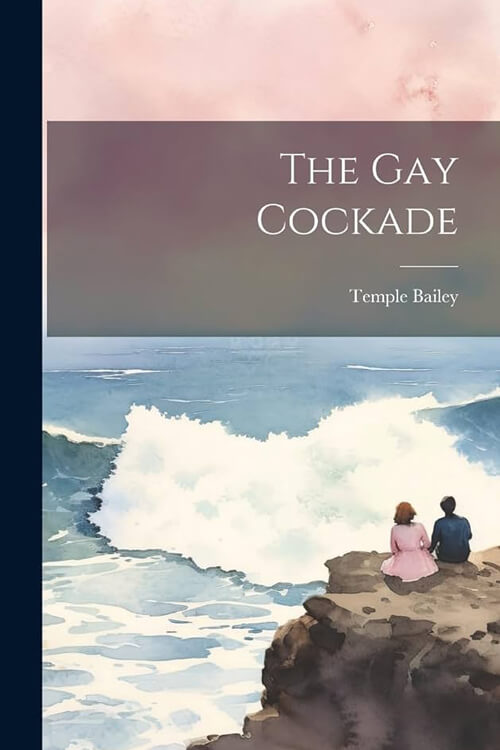
The Etiquette of Engagement and Marriage
During the march of civilization Marriage and the circumstances that lead up to it have undergone many wonderful changes, though the deep-seated fundamental idea of having a mate has remained unaltered.
Just as the savage of today steals or fights for his dusky bride, so did our rude forefathers of past ages look to rapine and the sword as the natural means of procuring the mate who was to minister to their joys and necessities.
As the Chinese girl of the twentieth century bought by her husband like a piece of furniture or a cooking utensil, the child bride of ancient Rome used to take a formal farewell to her dolls and playthings, making a solemn offering of them to the Gods, before she was sold to the husband who was legally entitled to beat her if he liked, she being nothing but his slave in the eyes of the law.
We have traveled far since then, and it would be impossible even to touch upon the main points of development that have {14} placed Engagement and Marriage upon their present footing amongst us. It is to be noted that no two countries have moved quite side by side in this matter. We find the written and unwritten laws that regulate the conduct of men to women different to some extent in every land, and what would be an act of courtesy in one country would be regarded as a serious breach of etiquette in another.
No one has made a clean sweep of all the old formalities; there are still certain things that may and may not be done; and it is for this reason that a few hints on this ever-new, ever-engrossing subject of Courtship and Marriage may be found helpful to those who are contemplating the most important step in the life of man or woman.
We are very free and easy now in England, though not quite as unconventional as they are on the other side of the Atlantic. We have abolished a great many of the false barriers erected by Mrs. Grundy or her predecessors, which kept young men and women from enjoying each other’s society in an innocent, natural way. Of course, there is no gain without a certain amount of loss, and while we have advanced in freedom we have retrograded in chivalry, deference, and courtesy.
The girl who daily meets a man on common ground in his business or his sport is not regarded by him with the same “distant reverence” that the devout lover of former days cherished for the lady of his heart.
Read or download Book
G. R. M. Devereux
G. R. M. Devereux’s ‘The Etiquette of Engagement and Marriage’ presents an insightful exploration of the customs and formalities that characterize the transitional journey from courtship to marriage. Written with both eloquence and analytical depth, the work delves into the evolving practices of engagement and matrimonial rituals. It meticulously describes the myriad social expectations, ceremonies, and arrangements that define this significant life event.
Biography.
Within the literary context, Devereux’s treatise stands as a definitive guide, reflecting the mores and conventions of its time, and it offers both historical and sociological insights into the institution of marriage. As a republished piece by DigiCat Publishing, the book affirms its continued relevance and enduring significance in the canon of societal commentaries, adapted for contemporary accessibility while preserving its original gravity and intent.
G. R. M. Devereux, in penning this comprehensive guide, pulls from a reservoir of experience and observation, tapping into the zeitgeist of the era’s social fabric. Likely informed by a combination of personal encounters and a deep understanding of cultural norms, Devereux provides a window into the intricate choreography of love, commitment, and societal approval. The author serves not only as a chronicler of these practices but also as an instructor, guiding readers through the labyrinthine codes of conduct that were essential for a successful transition from betrothal to wedlock in his time. ‘The Etiquette of Engagement and Marriage’ is recommended for readers interested in the history of social customs, researchers of matrimonial traditions, and anyone questing for a deeper appreciation of the ceremonial tapestry that weaves together the past and present in the narrative of human unions.
Devereux’s work is more than a historical document; it is a meticulous testament to the timeless and evolving nature of love, courtship, and marriage, offering both edification and delight to those who seek to understand the threads that bind us through the ages.






